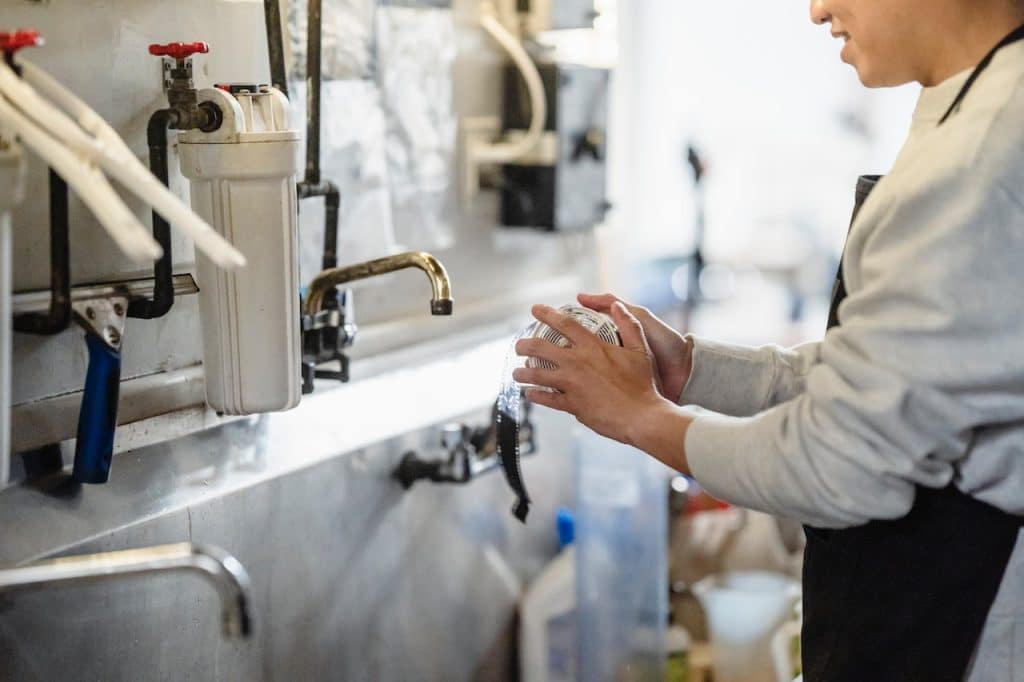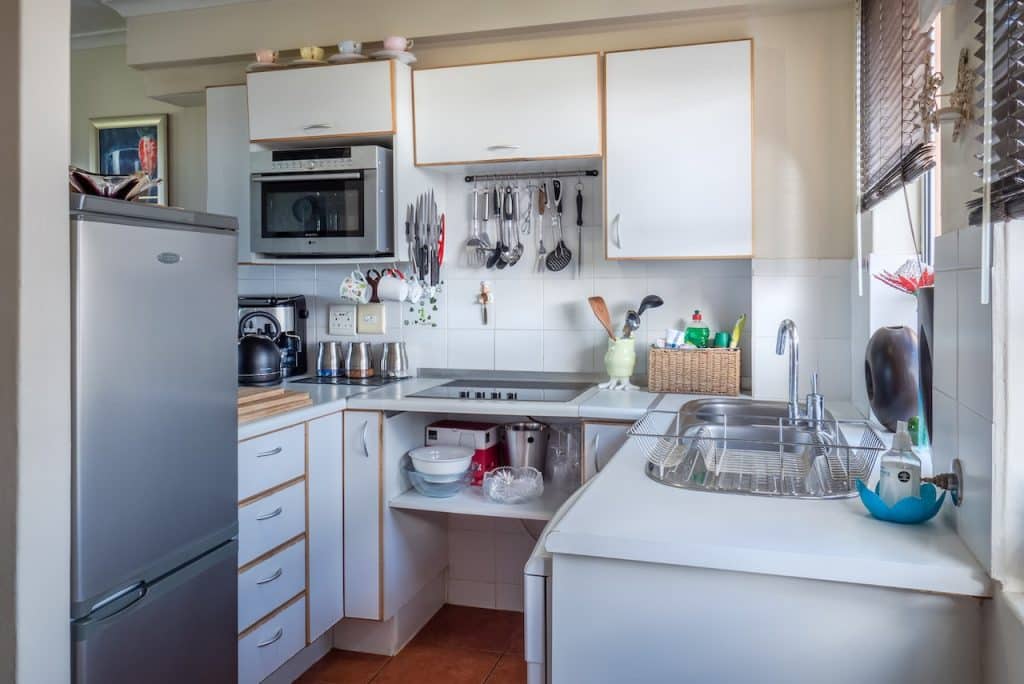The plumbing system of your home can be difficult to understand especially if you have no experience as a plumber. You must find it fascinating how water comes in and goes out of your home just by switching some controls on and off.
If you’ve ever wondered how water comes in and out of your home, then this article is for you. To understand better how this works, you need to first know the components of your home plumbing system. This article will explain all the parts of a residential plumbing system and how they work so you can understand how water moves in your home.

Each plumbing system has three main components which include pipes and fittings, drainage, and fixtures. Understanding how the plumbing system in your home works helps you manage your plumbing system and reduce the risks of plumbing emergencies. If your plumbing installation is handled by a professional plumber and there’s regular maintenance, you’ll hardly have plumbing emergencies. Continue reading to learn more about your residential plumbing system:
Components of residential plumbing
- Pipes and Fittings
There’s a pipe in almost every room in your home. There’s a plumbing system in your bathroom, kitchen, and basement. Every pipe that runs through your home is the pipes and fittings that bring water from the main water supply lines including the safest plumbing pipe in your plumbing system. Some plumbing systems have pipes for running cold and hot water into the house. Every pipe is designed differently to withstand certain temperatures. Materials used for these pipes and fittings may include:
- Copper
- Brass
- Lead
- PVC
- CPVC
You need a professional plumber to install the best pipes and fittings for your system. These pipes and fittings will bring water to the rooms where water is needed in your home.
- Plumbing Fixtures
Plumbing fixtures are appliances that are connected to the pipes so that you can enjoy the water supply. The most common plumbing fixtures in every household include sinks, bathtubs, water heaters, washing machines, dishwashers, and toilets.
However, each fixture must be installed properly to minimize leaks and maximize water use. Also, ensure to carry out regular maintenance on your bathroom fixtures to prolong their lifespan. Regular maintenance helps you save on repair fees.
- The Drainage System
Your home drainage system plays a vital role in how water comes and goes out of your home. If your drainage system is damaged, it may require you to hire a technician to carry out some repairs or change the drainage system completely. Your plumbing fixtures are connected to the drainage system so sewage water can go out of your home. To maintain your clogging system, ensure there are no clogs in your drains. A clogged toilet restricts the free flow of water through the drainage system.
Whenever you experience a clogged toilet or any minor drainage problems, there are ways to remove the clog by yourself. You can try using a plunger or some household chemical drain cleaners. However, if the situation gets worse, you should call an expert plumber to deal with the clog.

Conclusion
Are you looking for a residential plumbing contractor who can help with the installation of your residential plumbing components? You’re at the right place because, at Rite Plumbing, we specialize in different plumbing installation, repair, and maintenance services. Some of our services include 24/7 emergencies, toilet repair, pipe repair, sump repair, and others.
Having understood the basics of residential plumbing components, you should know that they should be installed by professional plumbers to prevent future problems. Call us at Rite Plumbing today to know more about our services!
